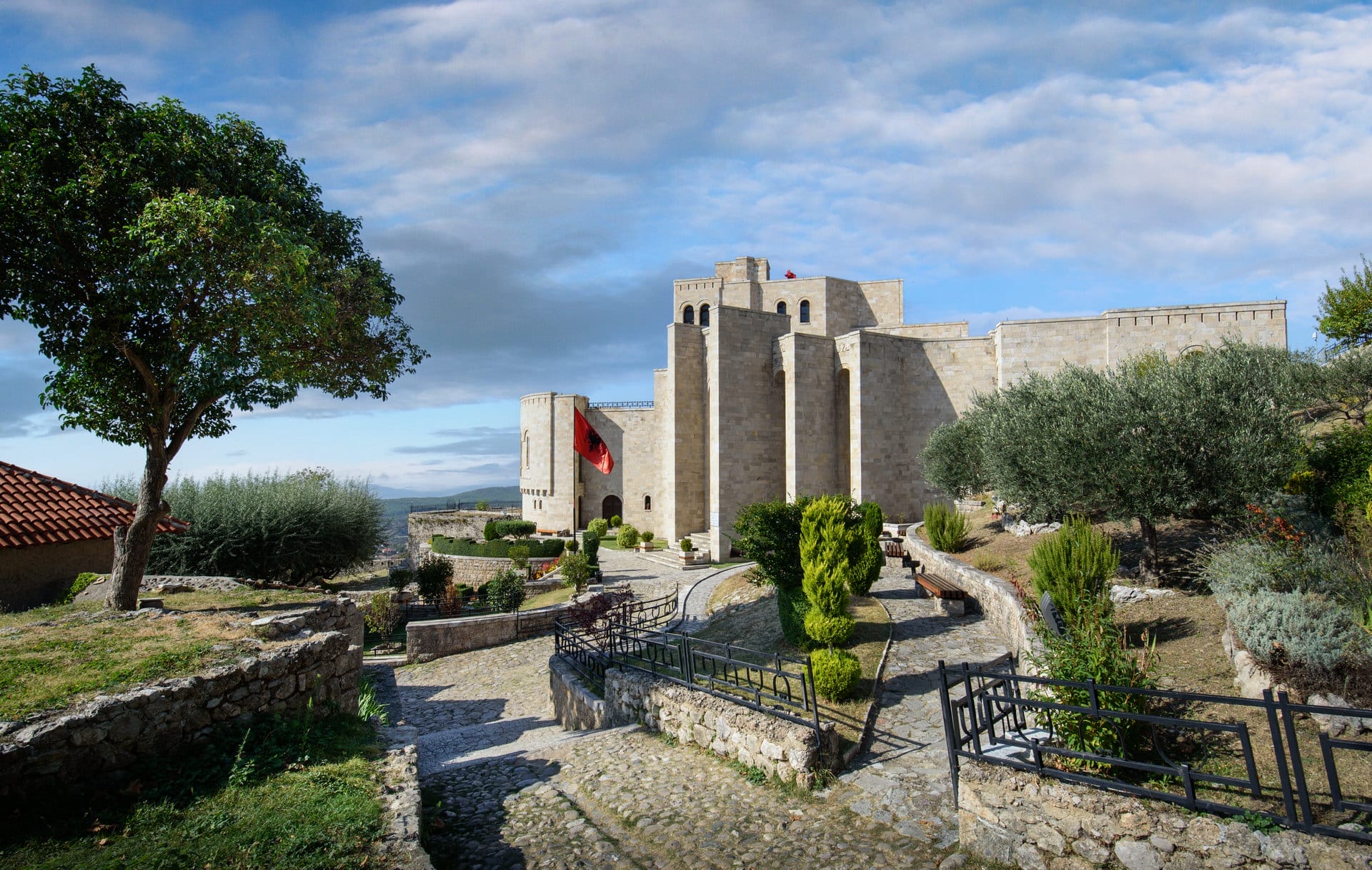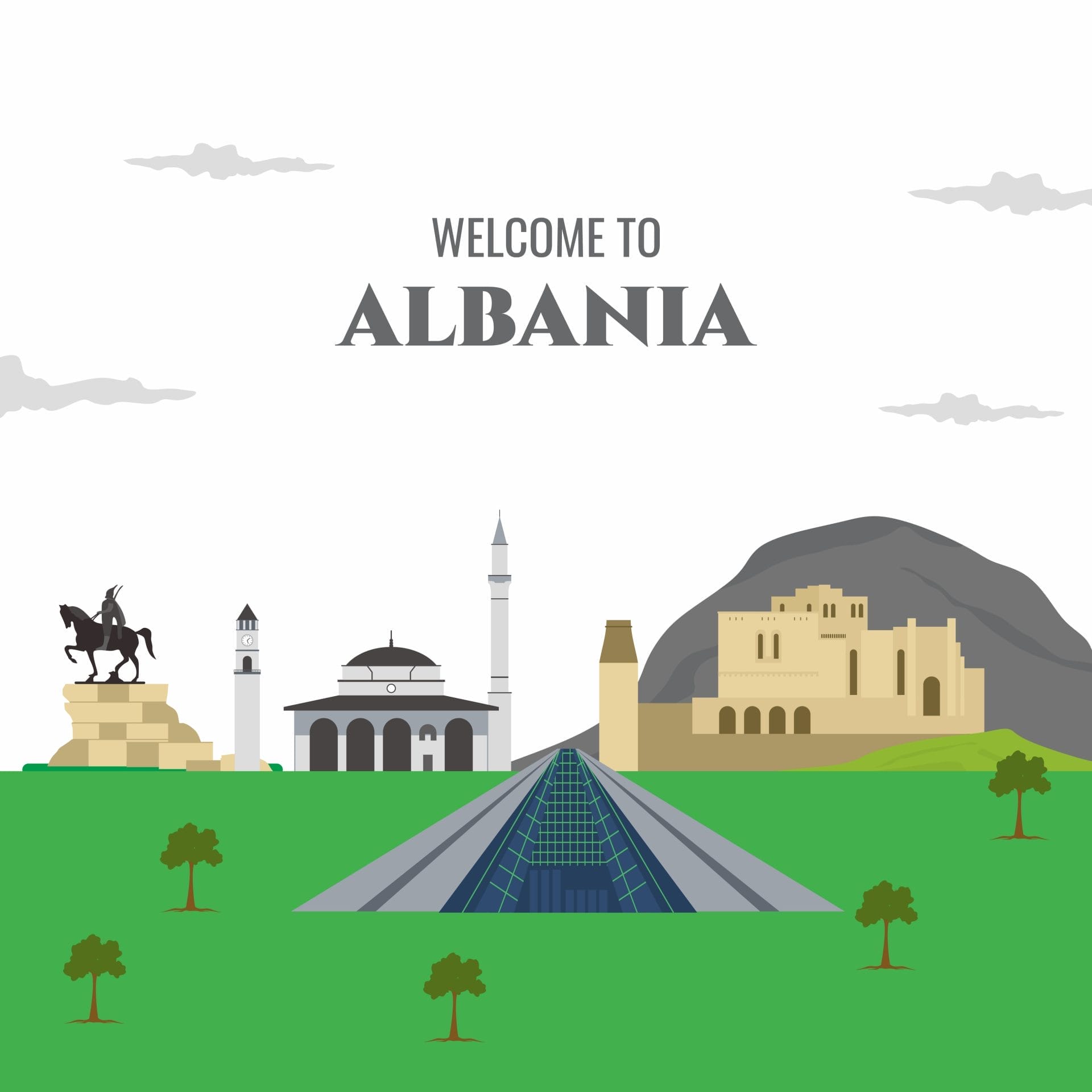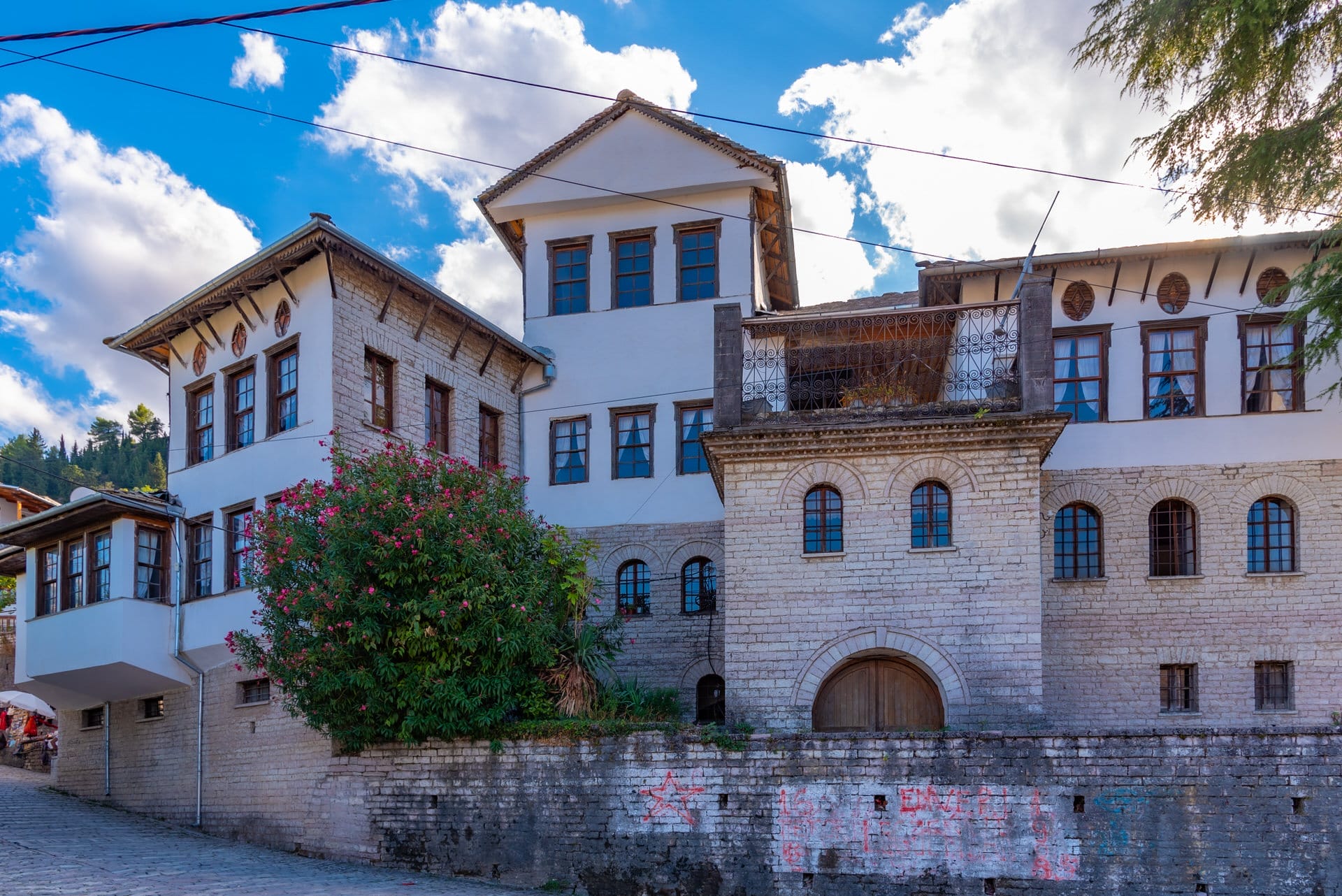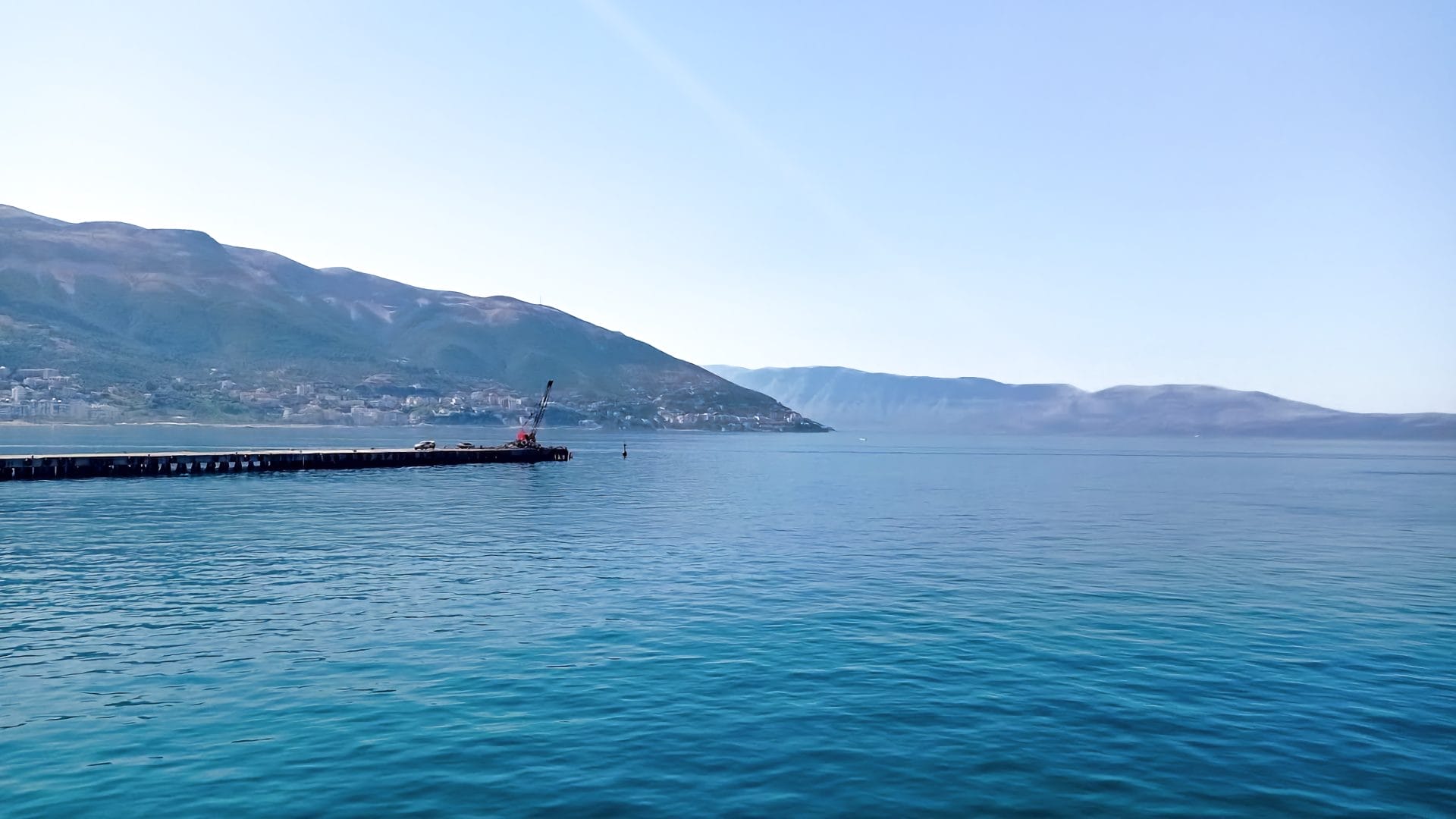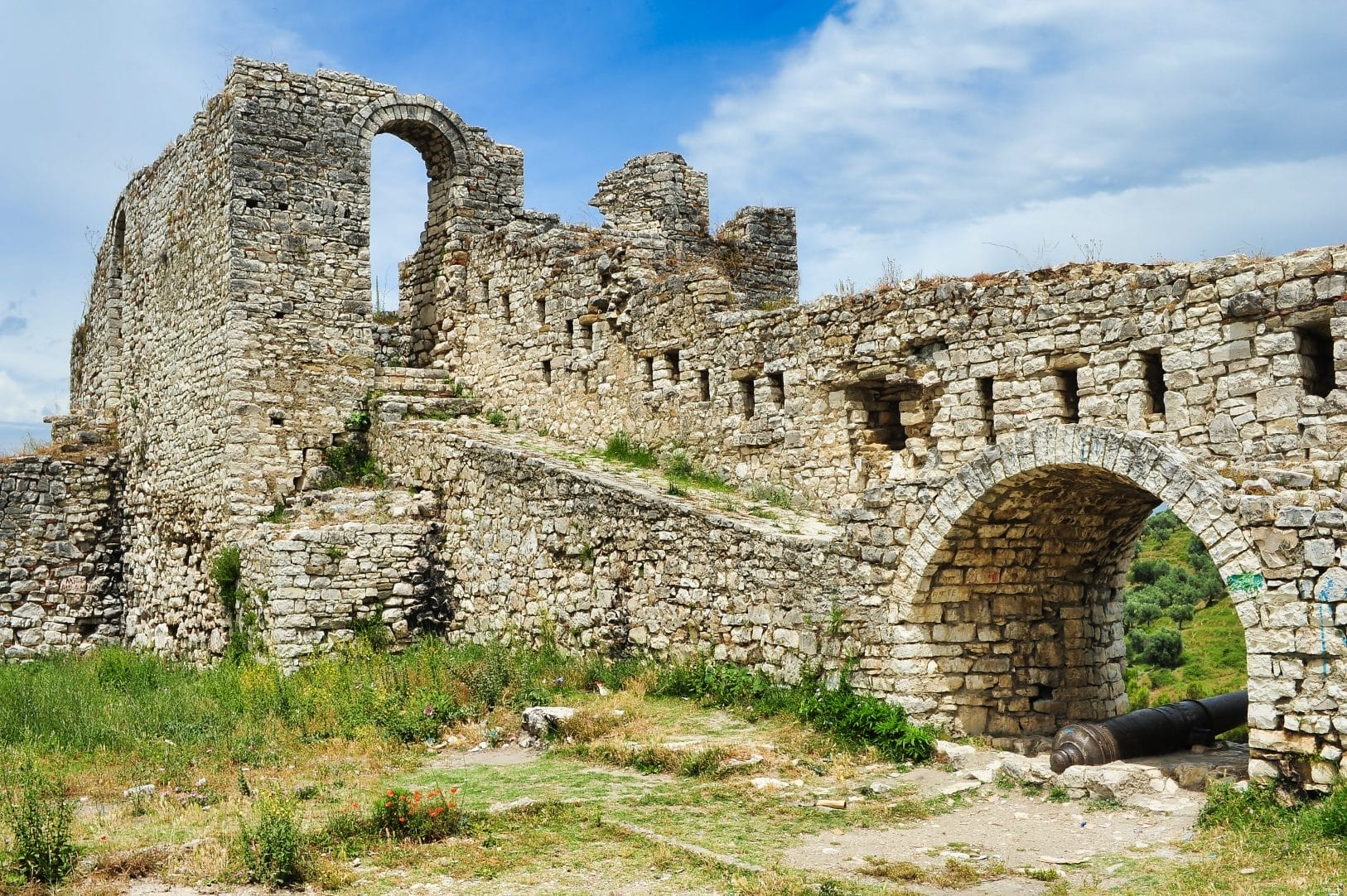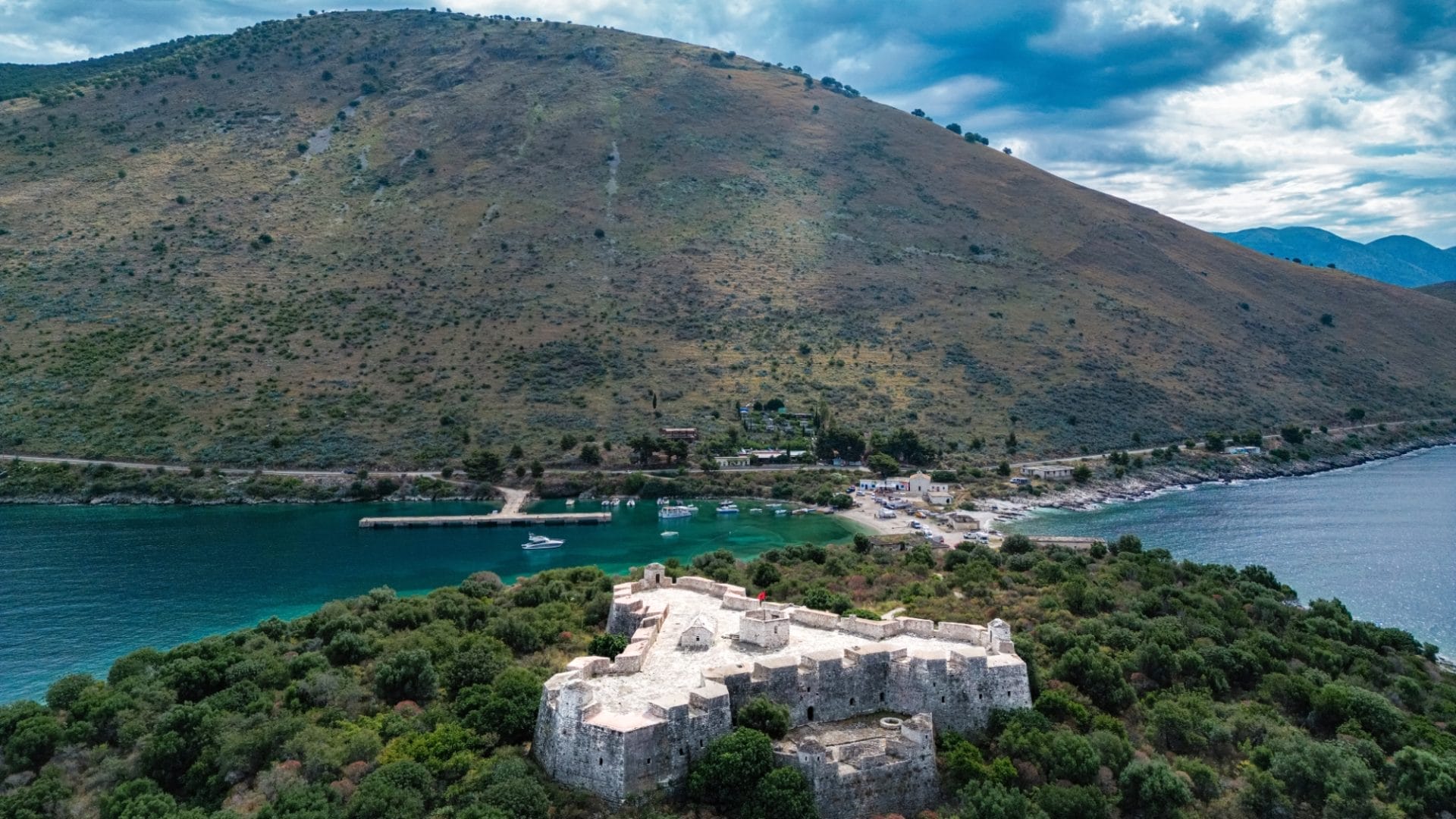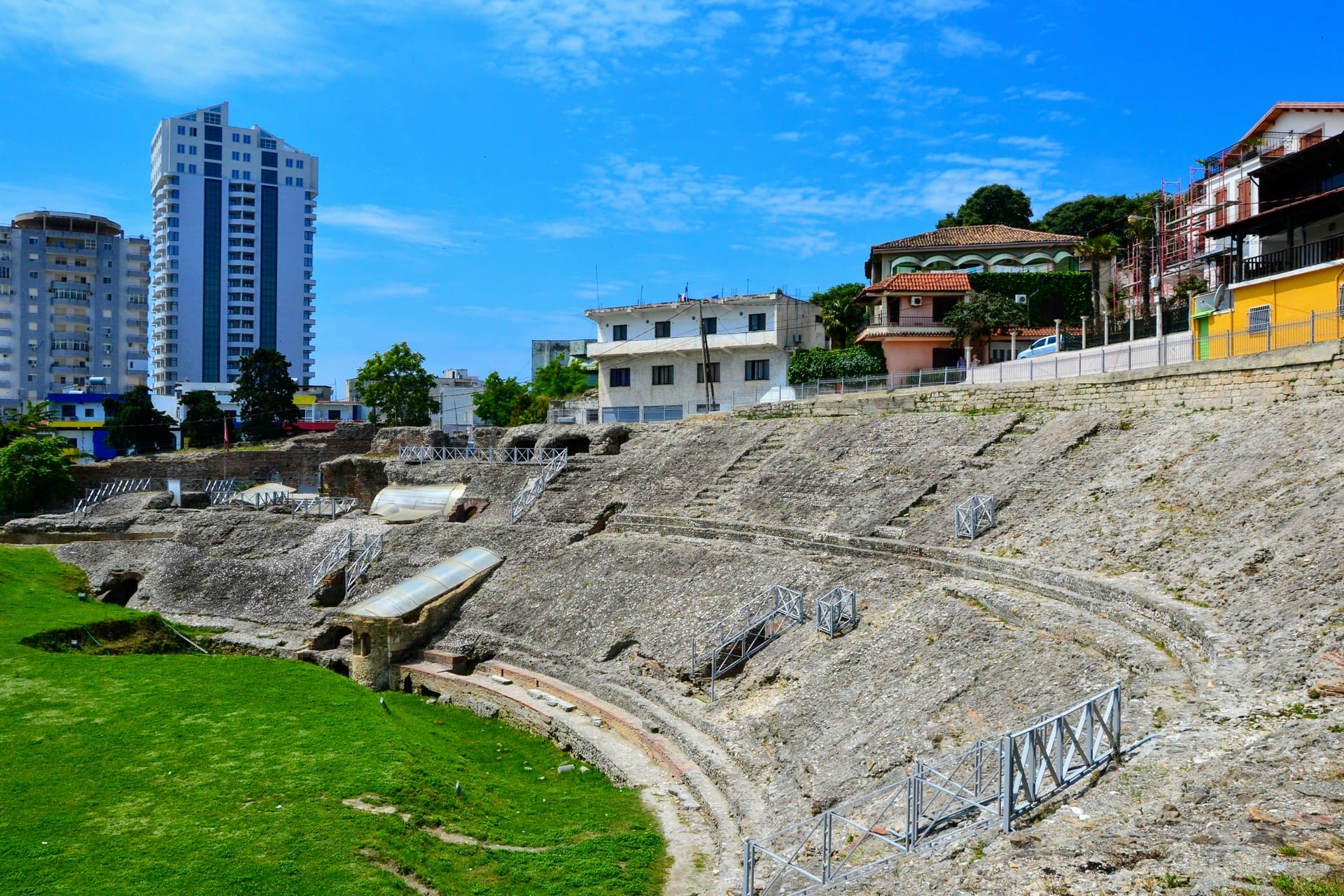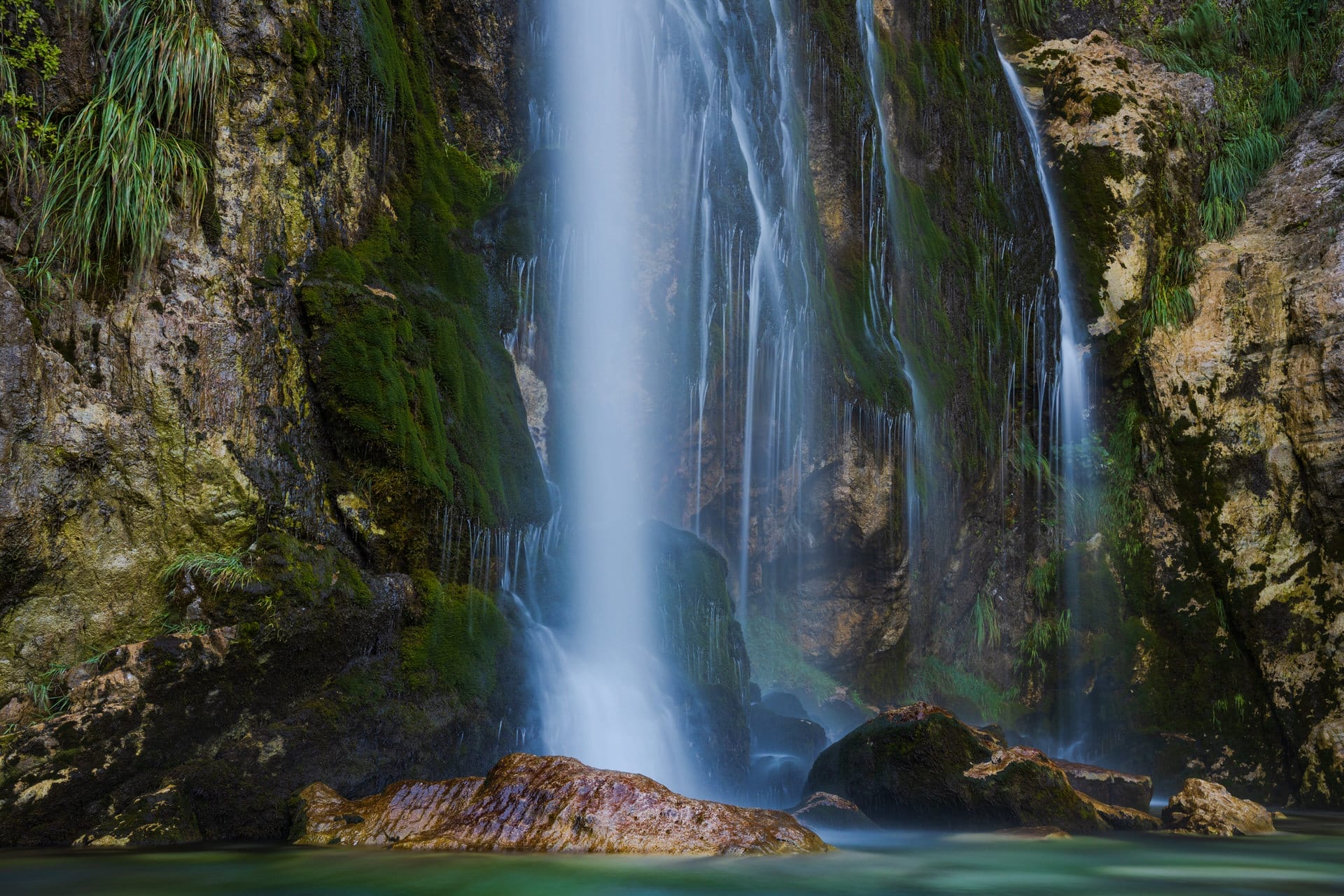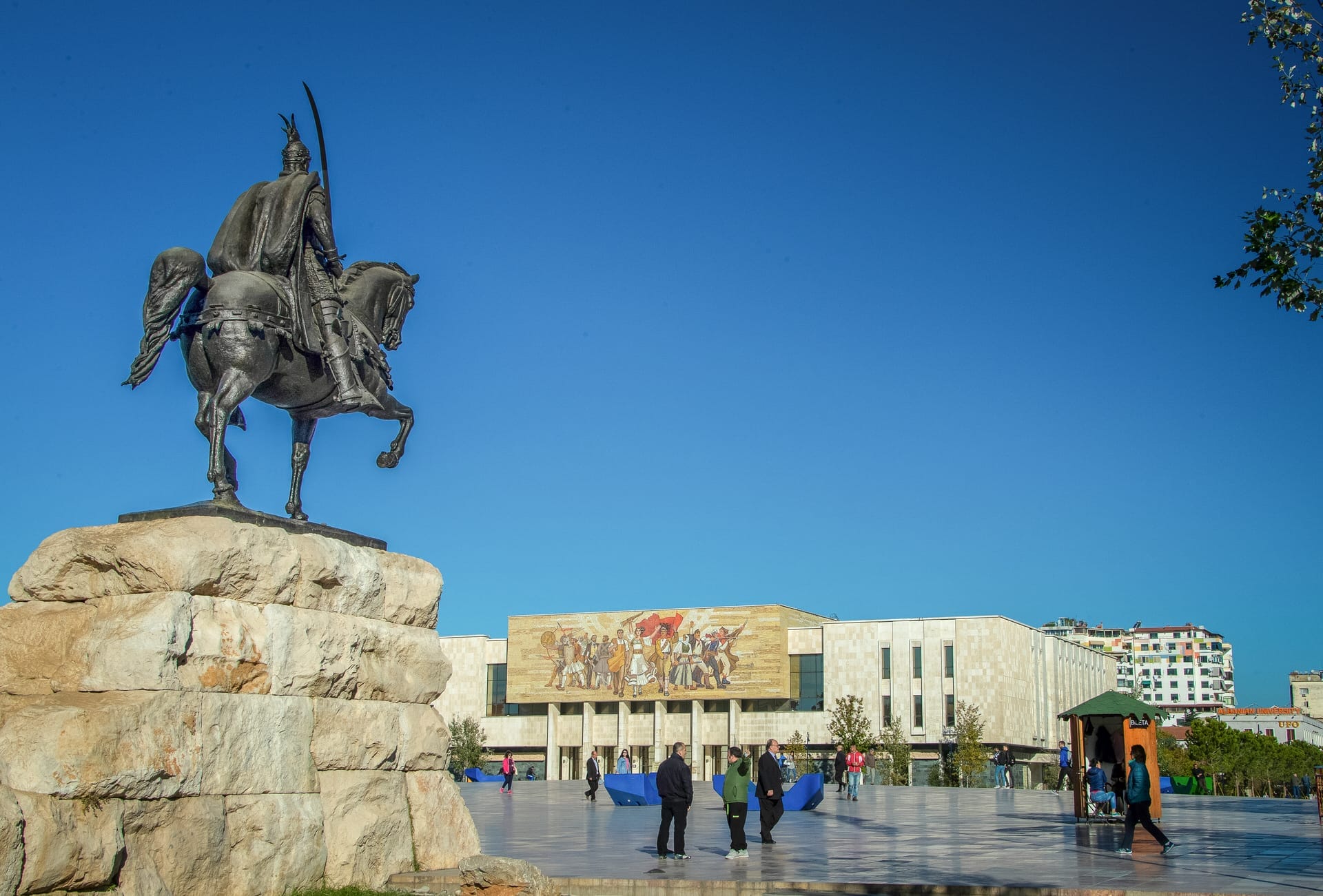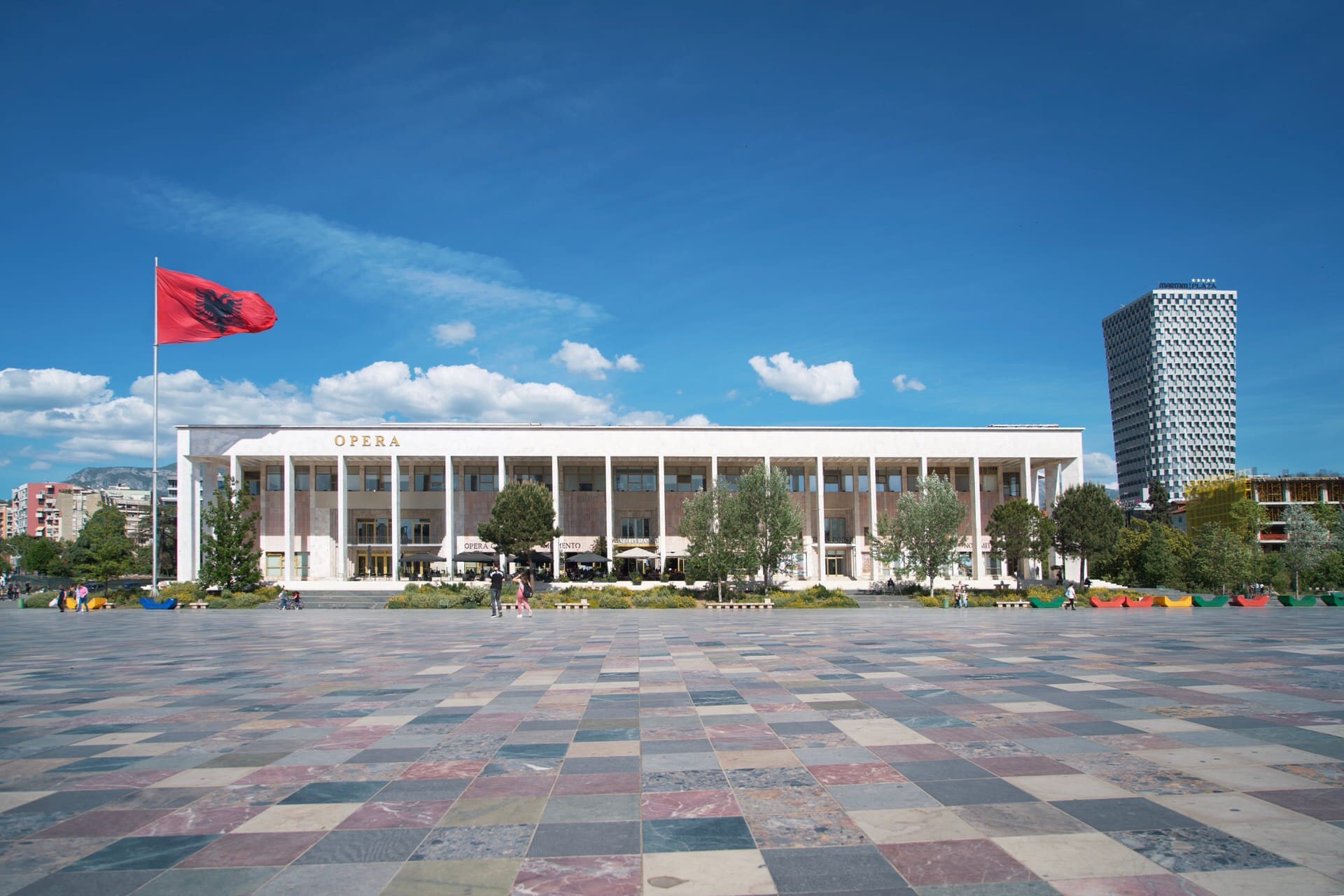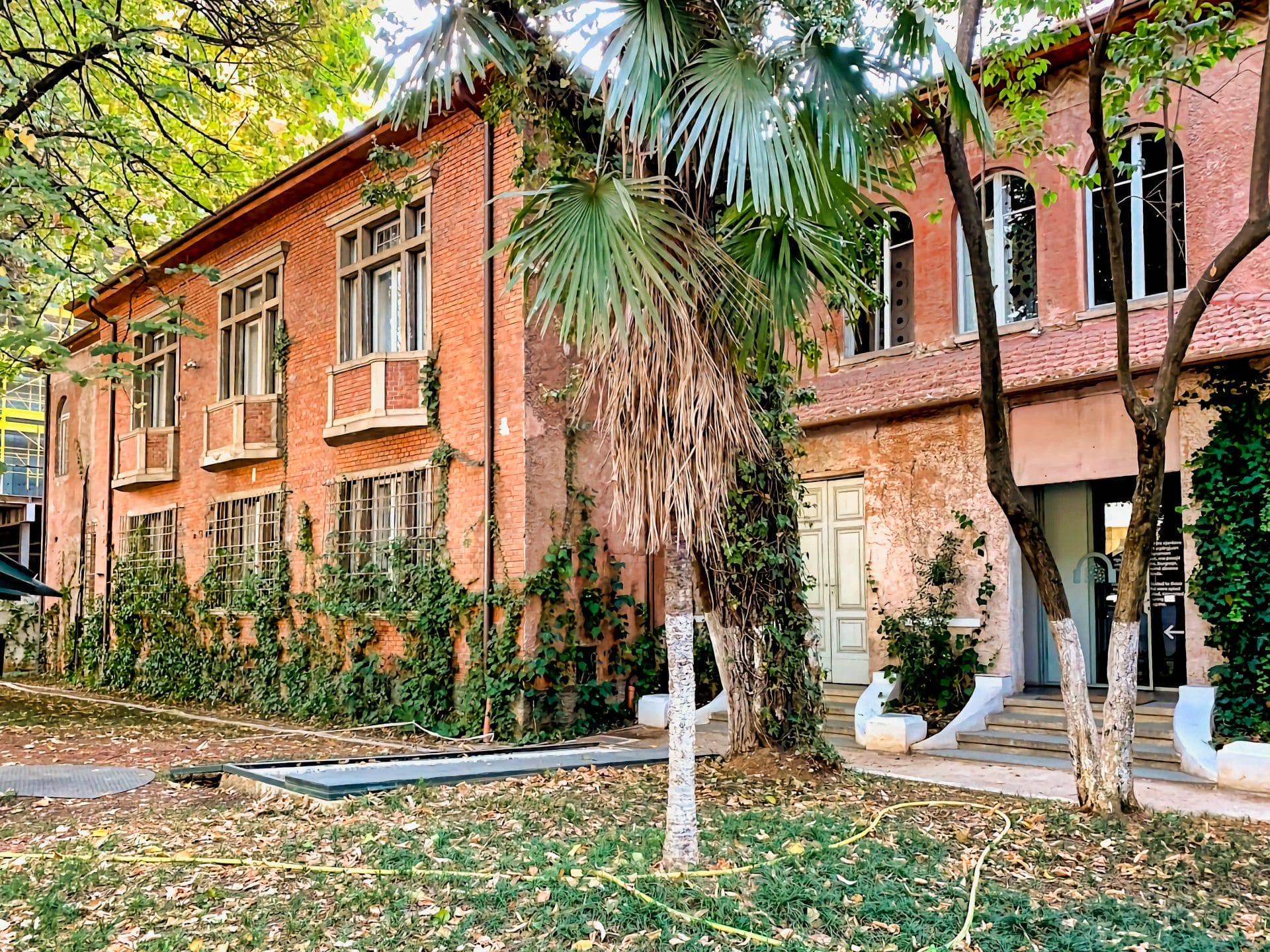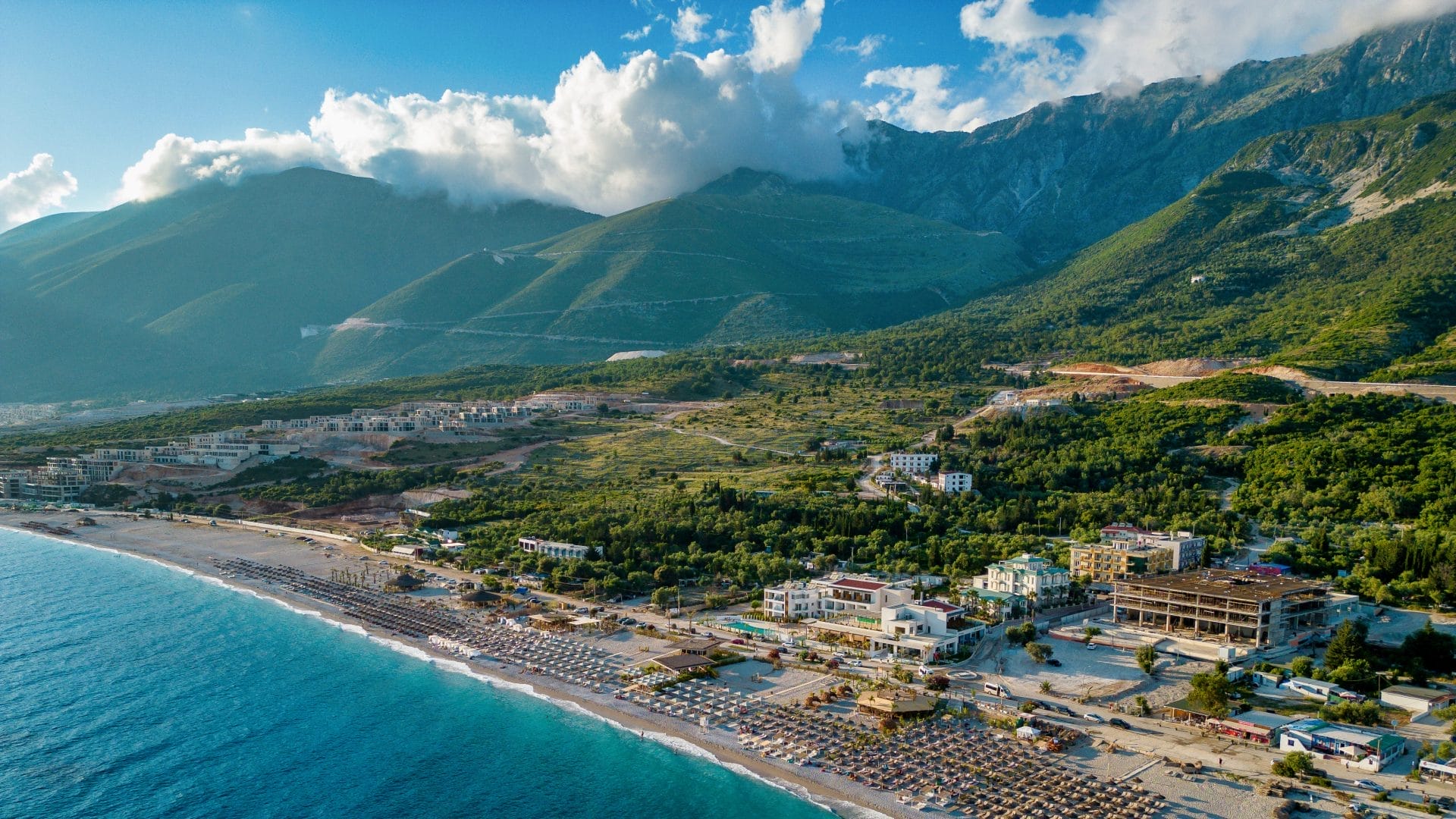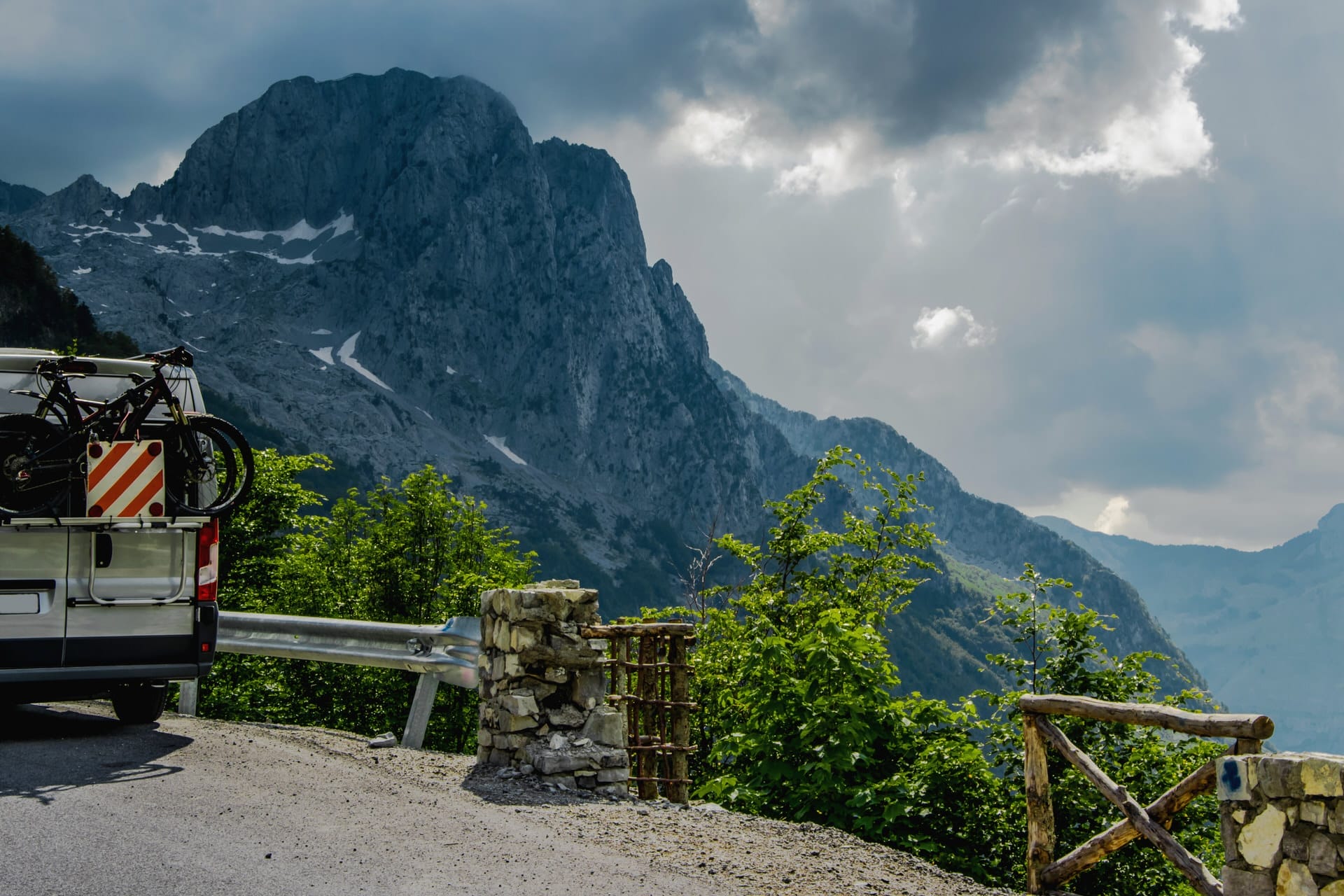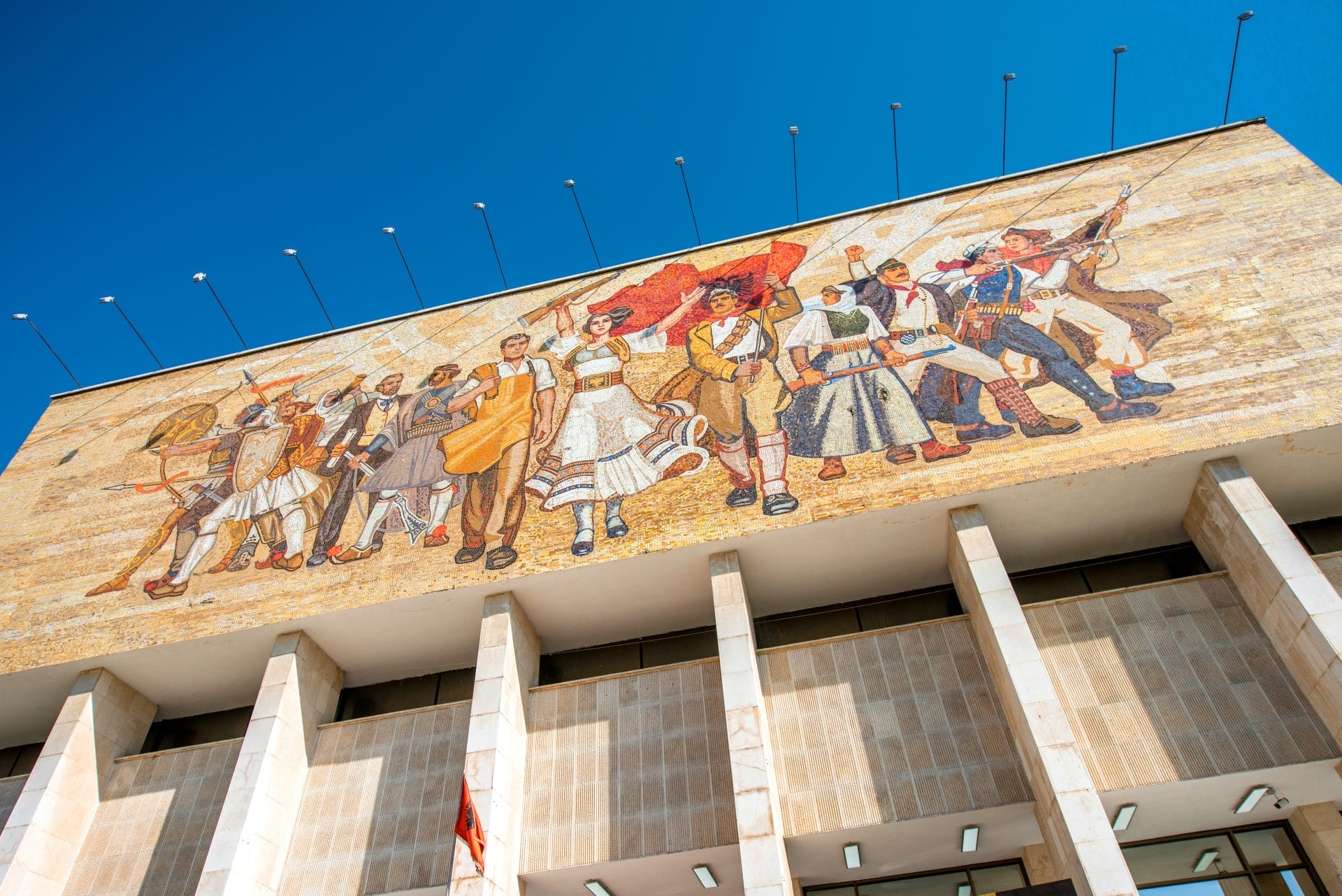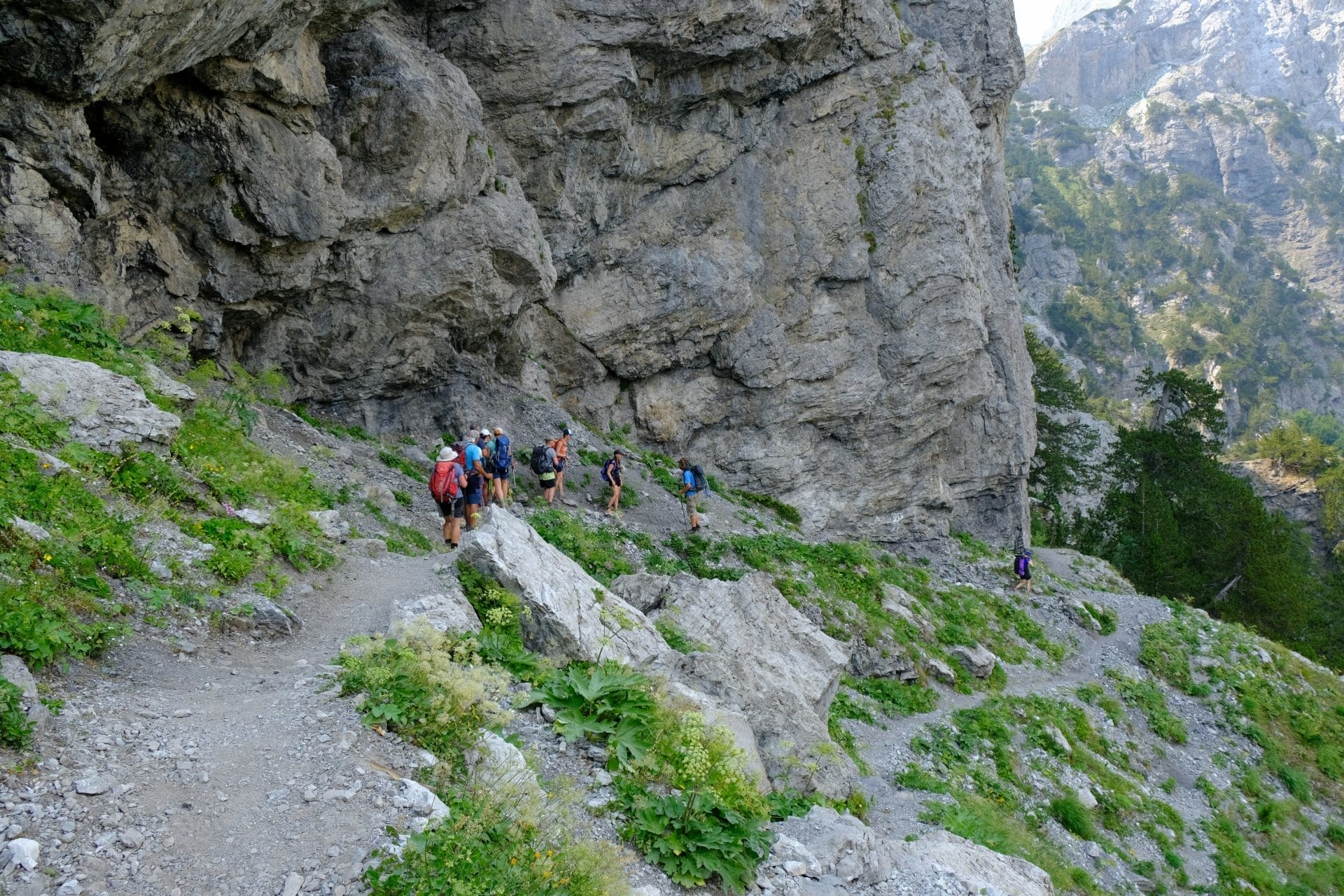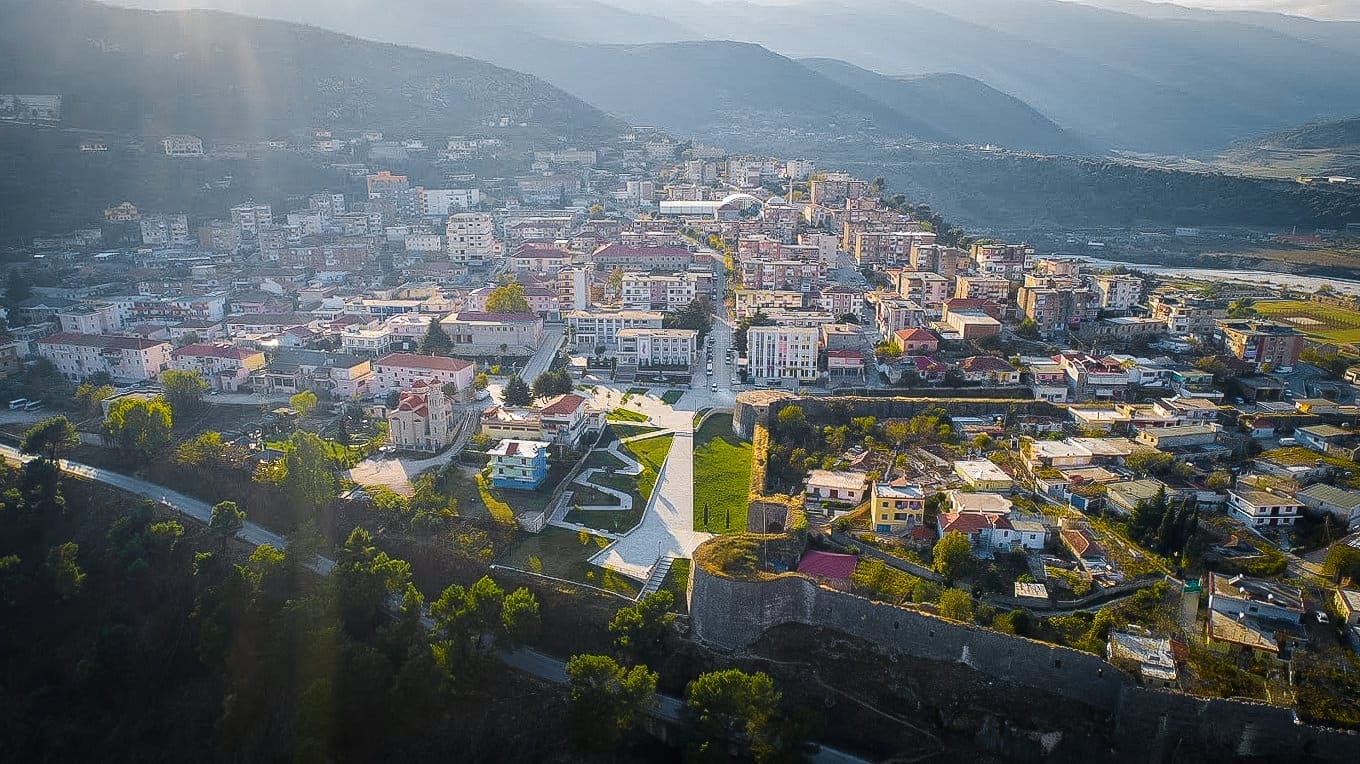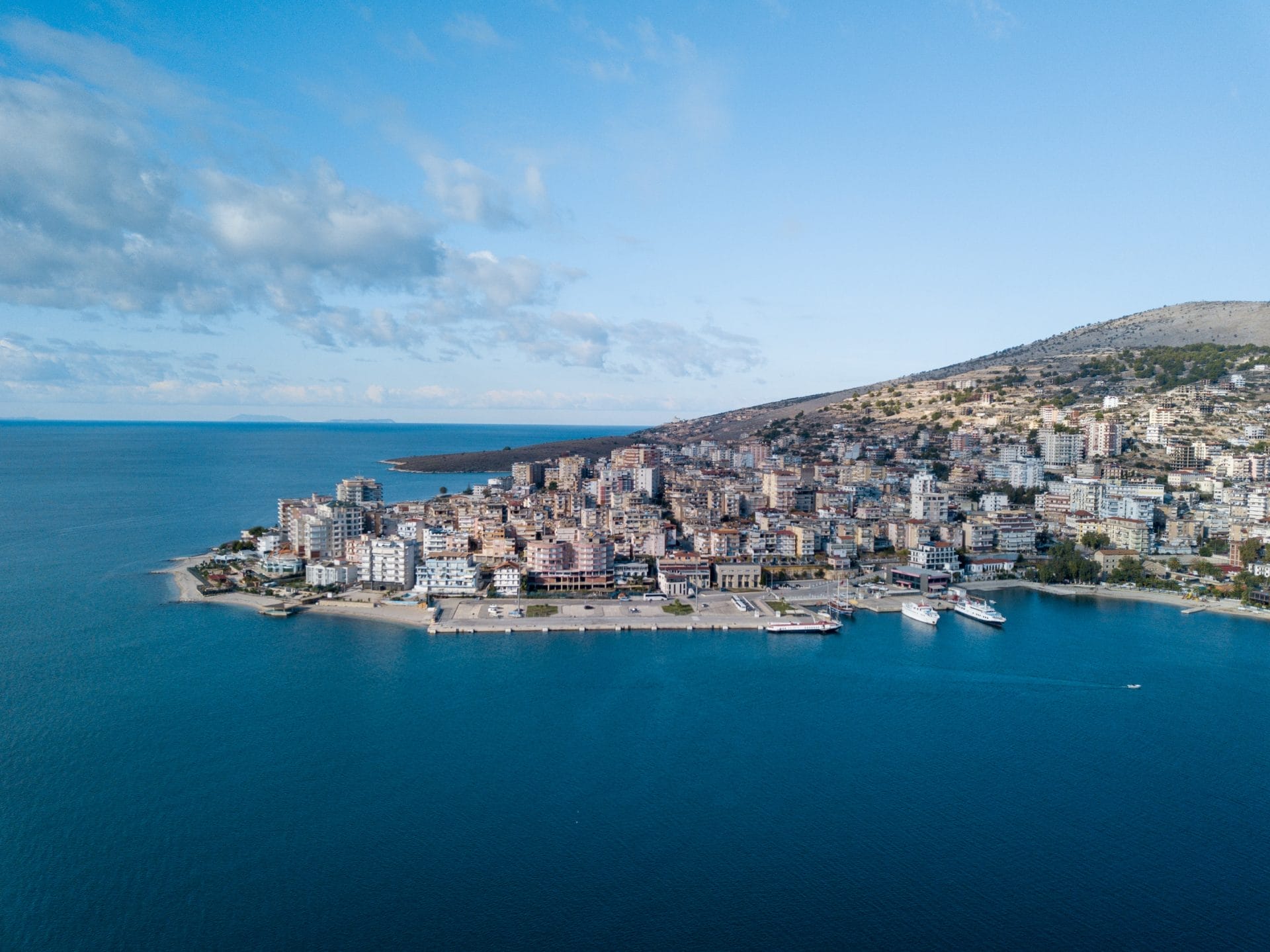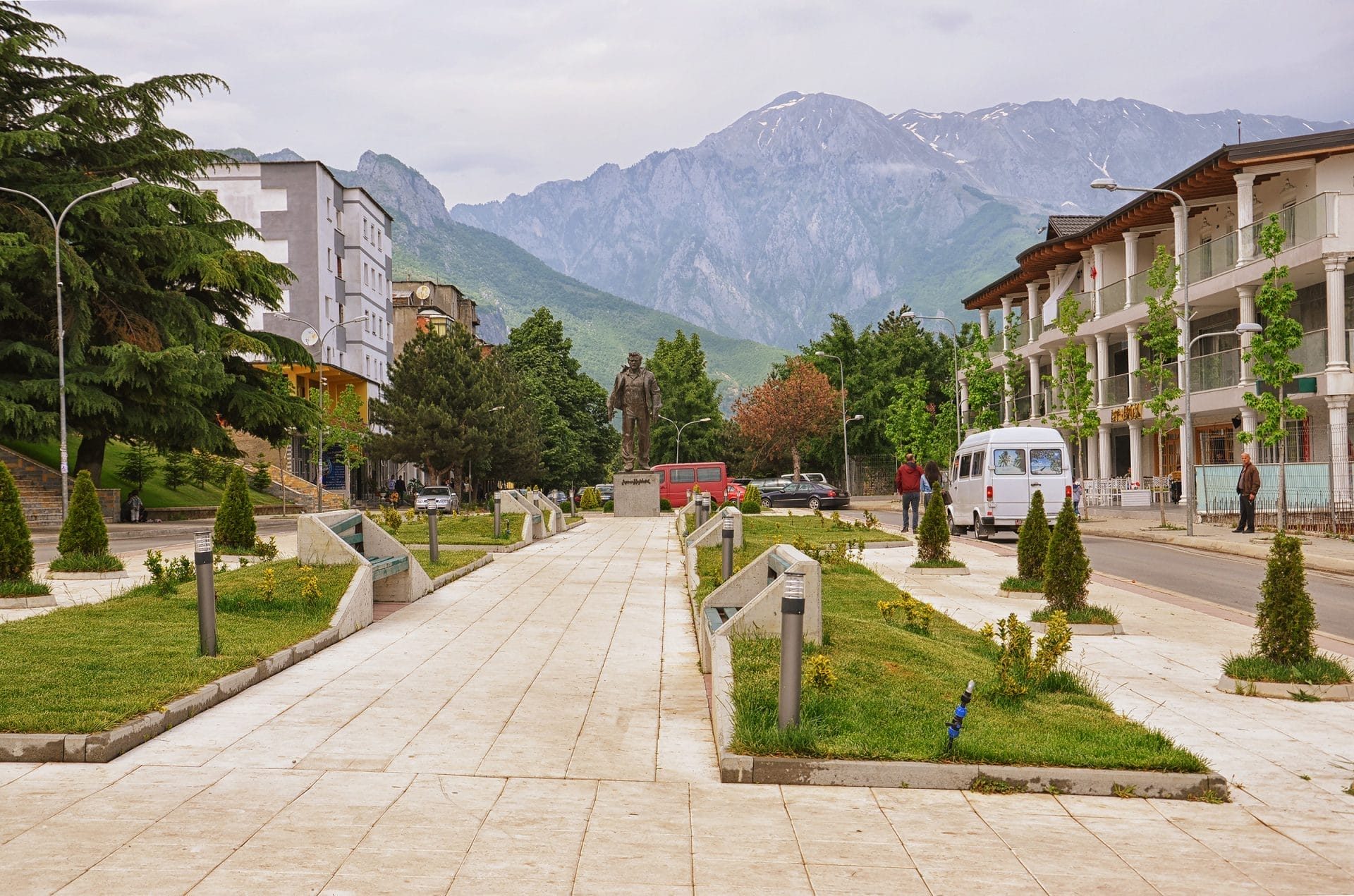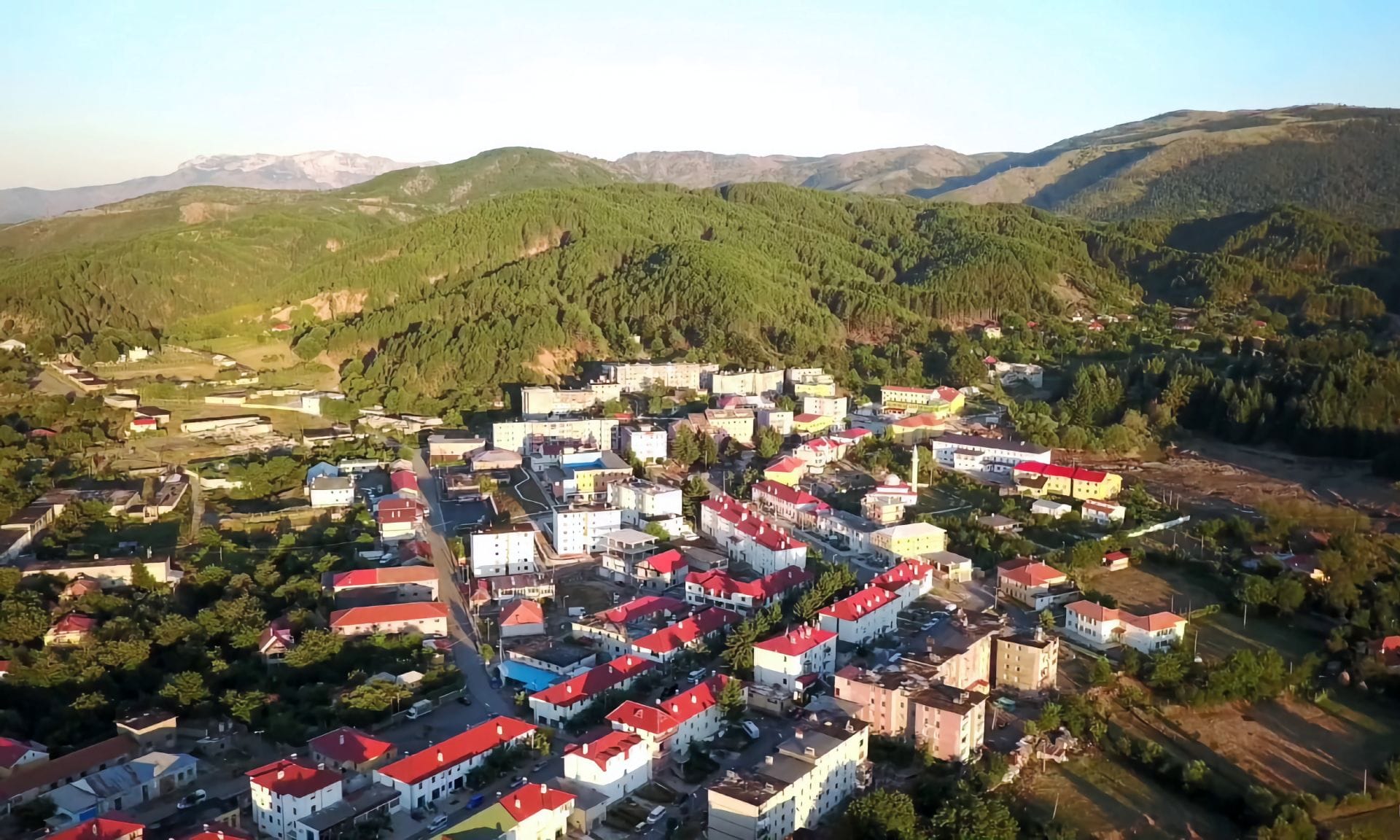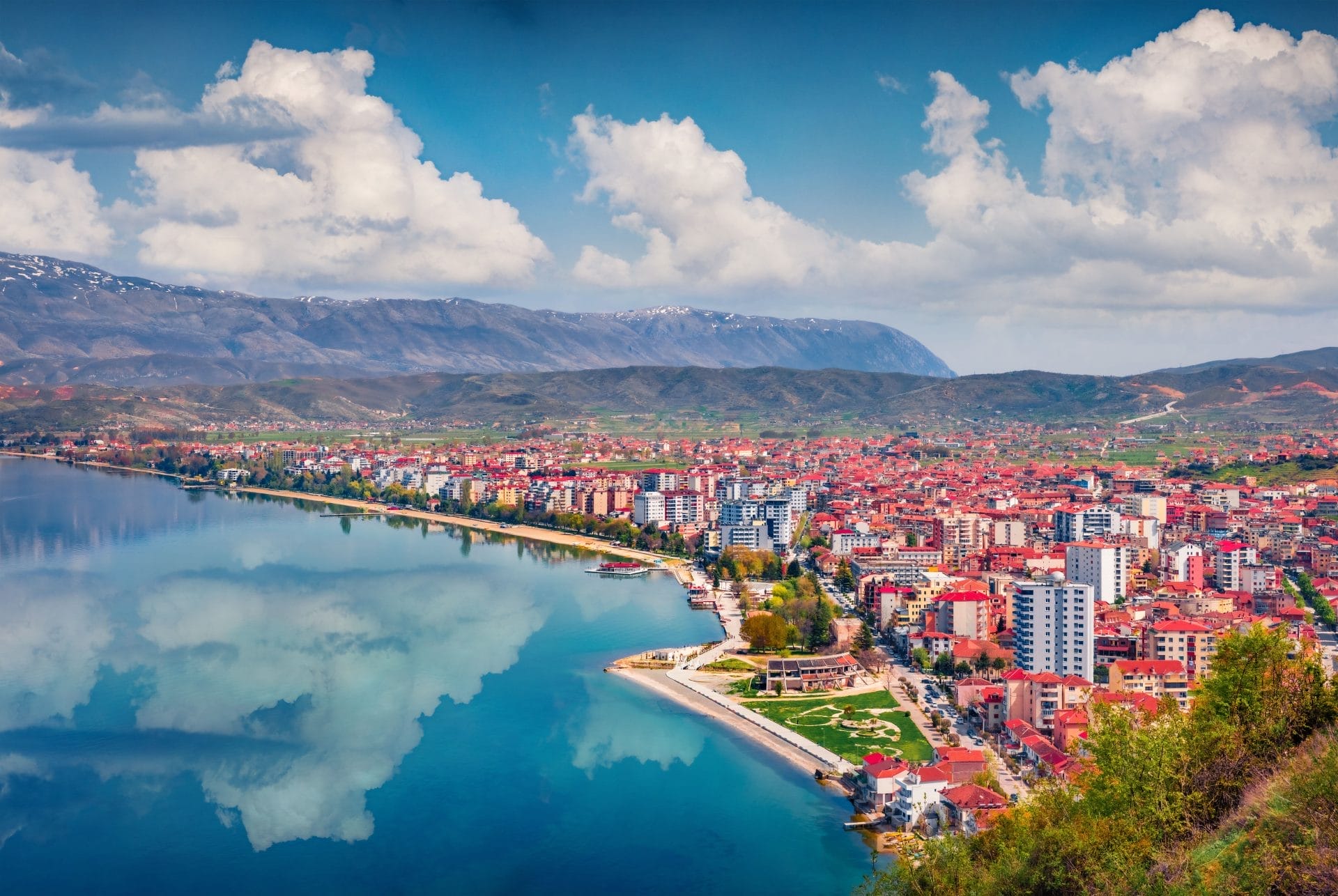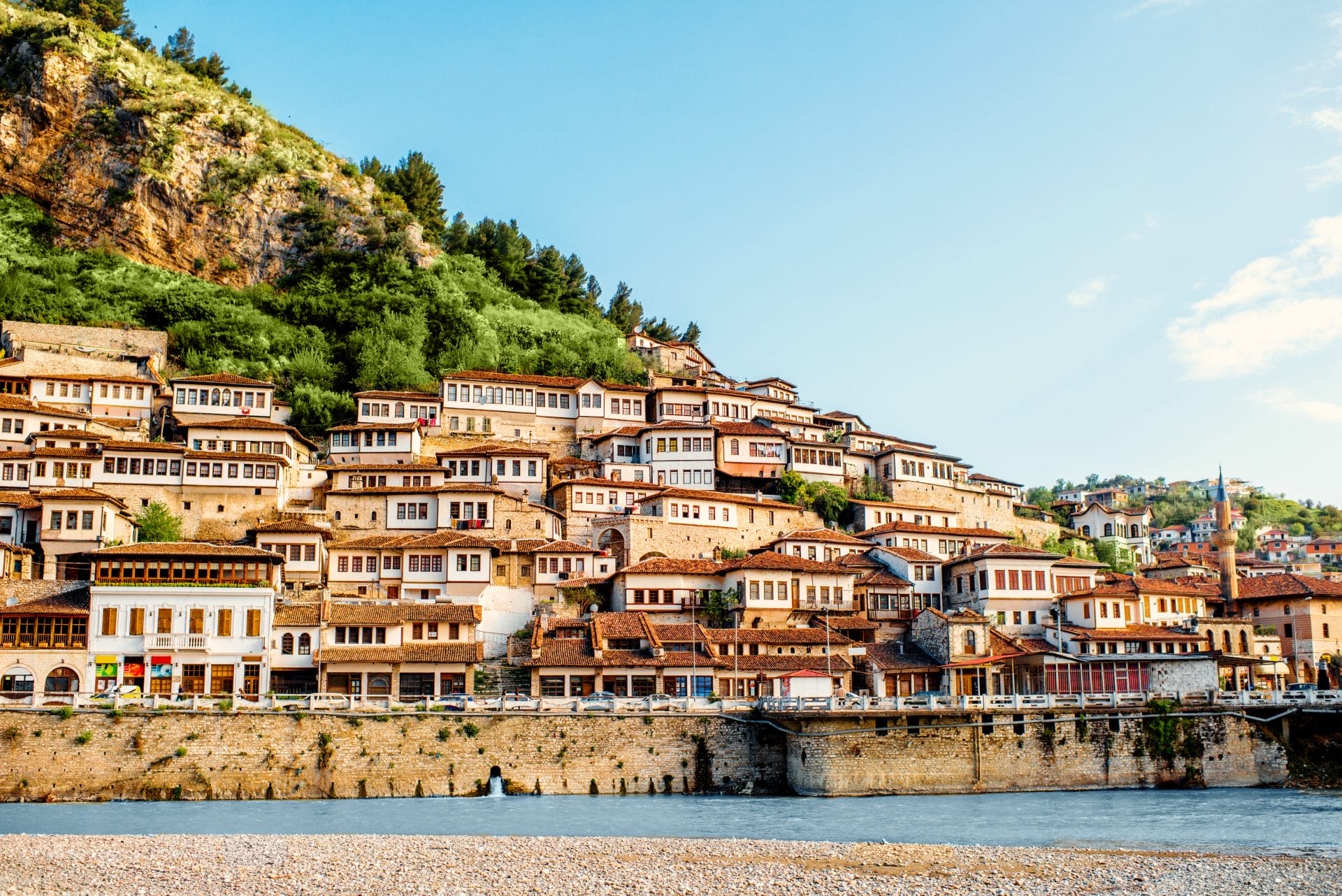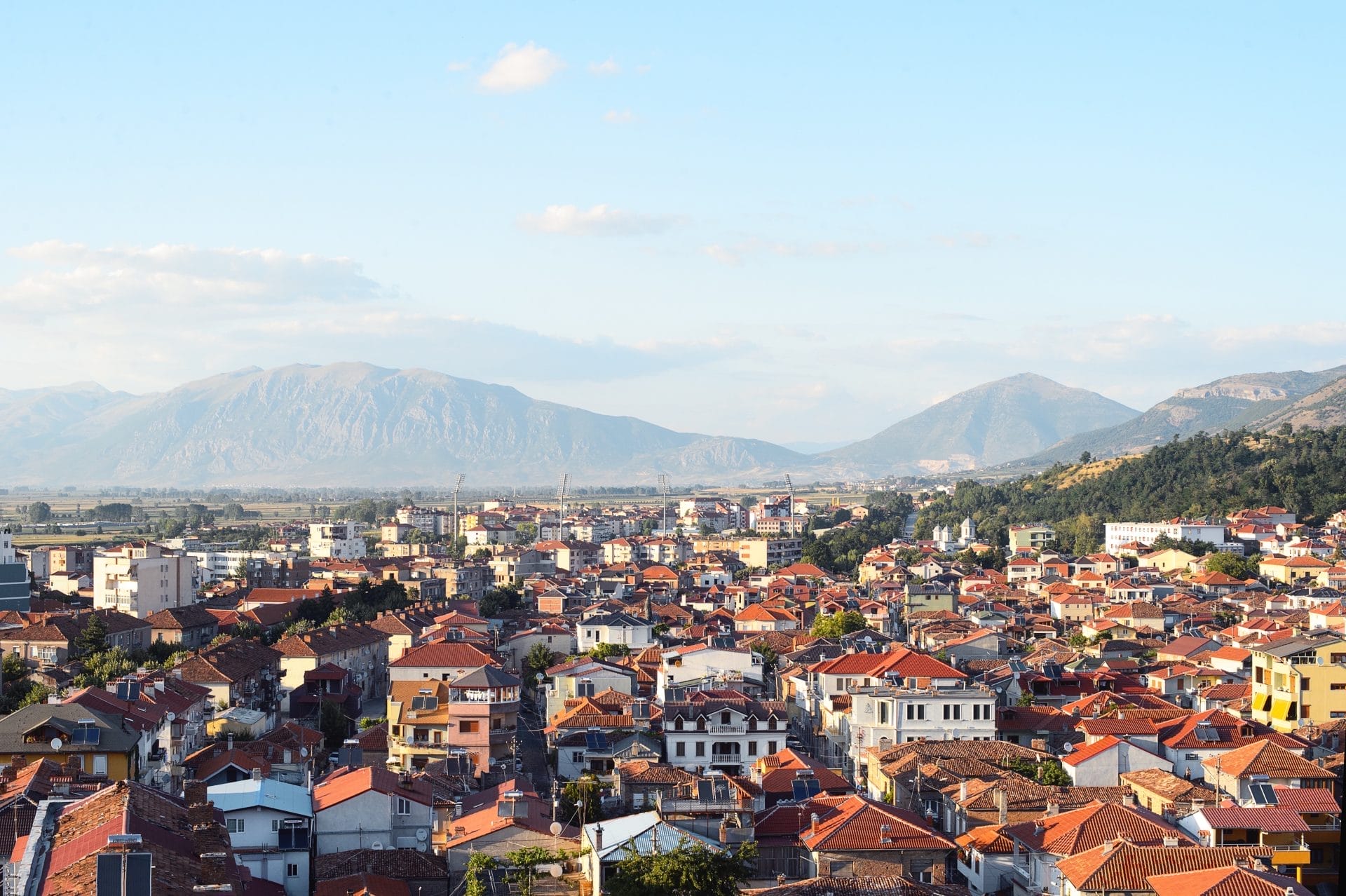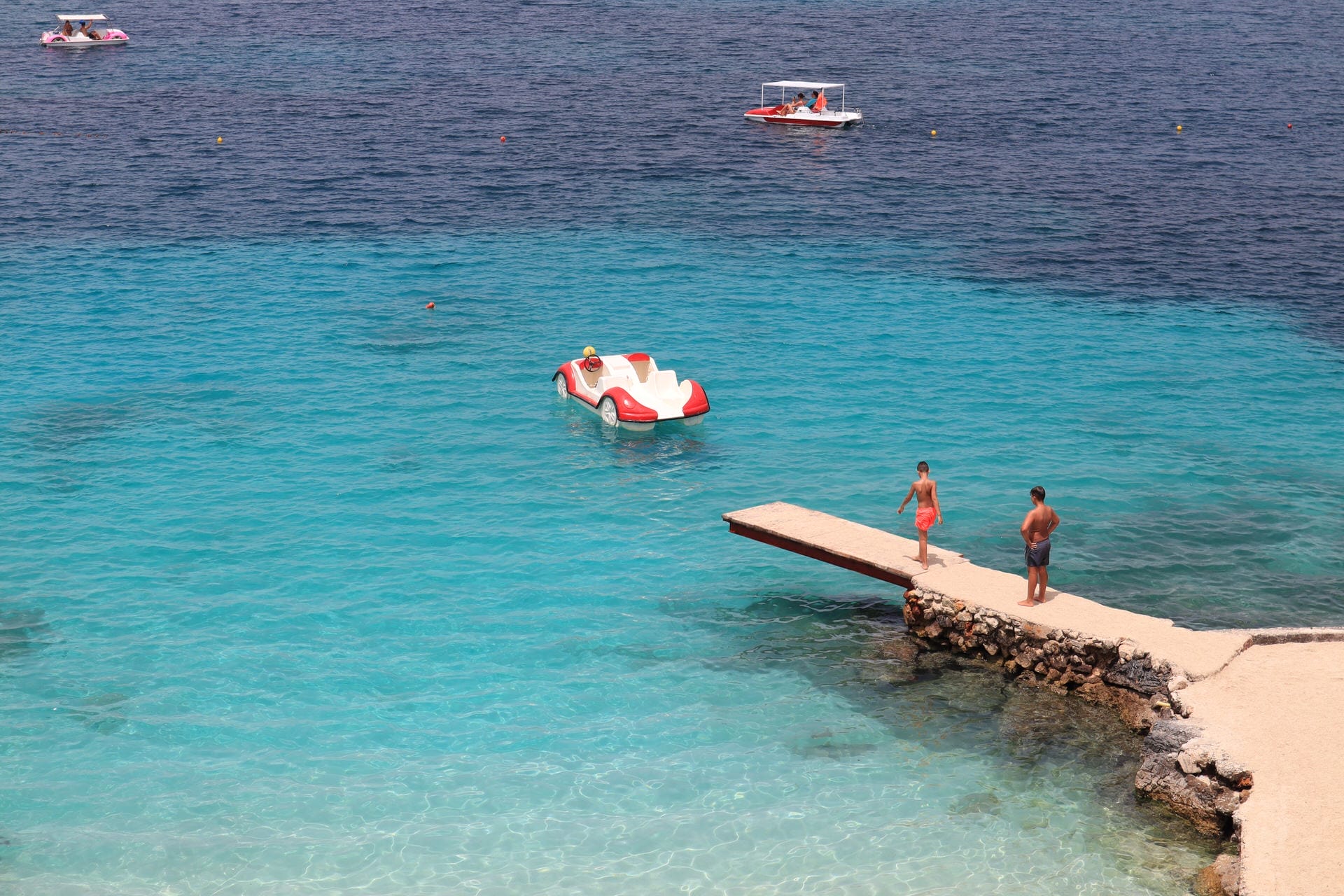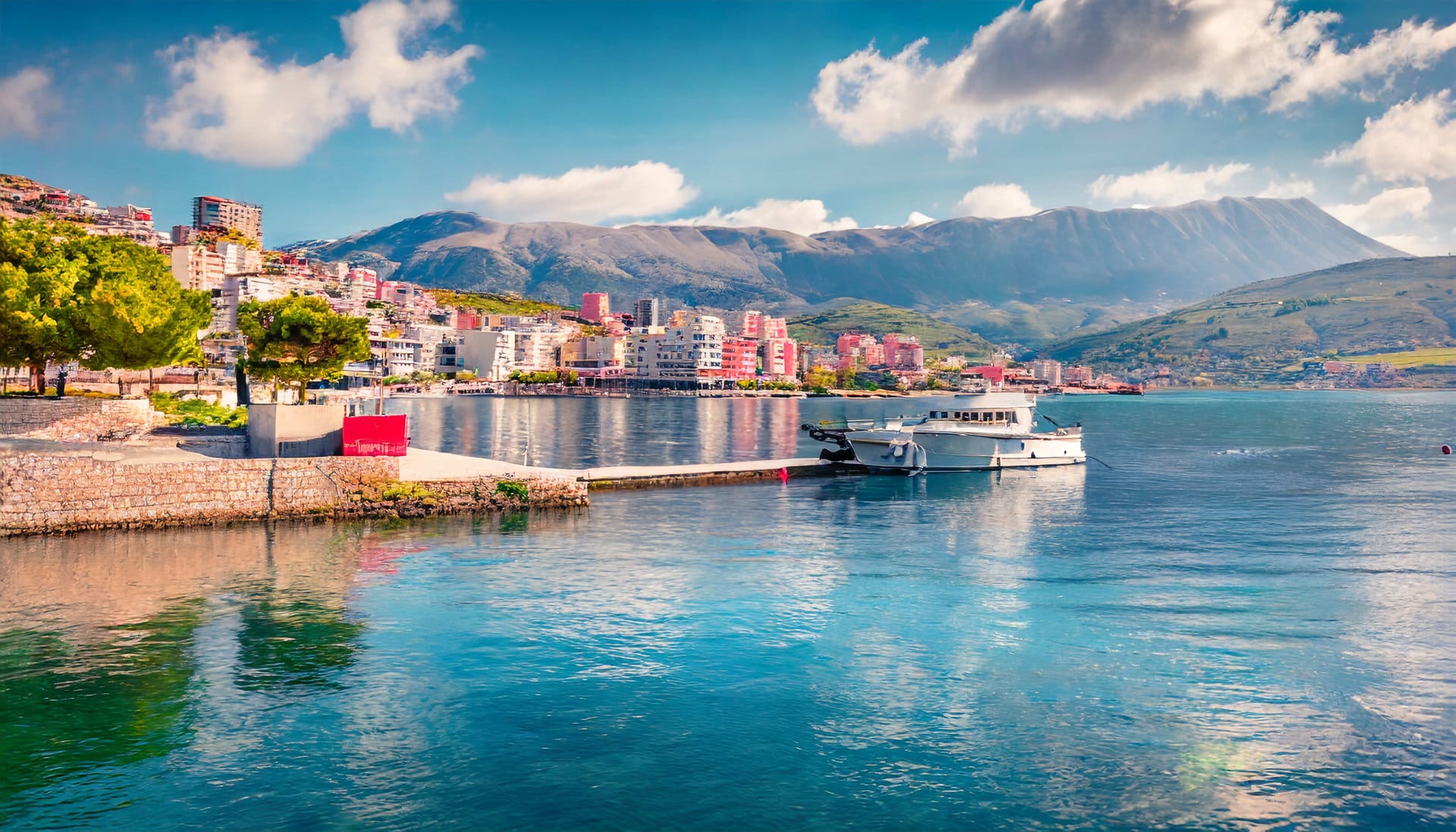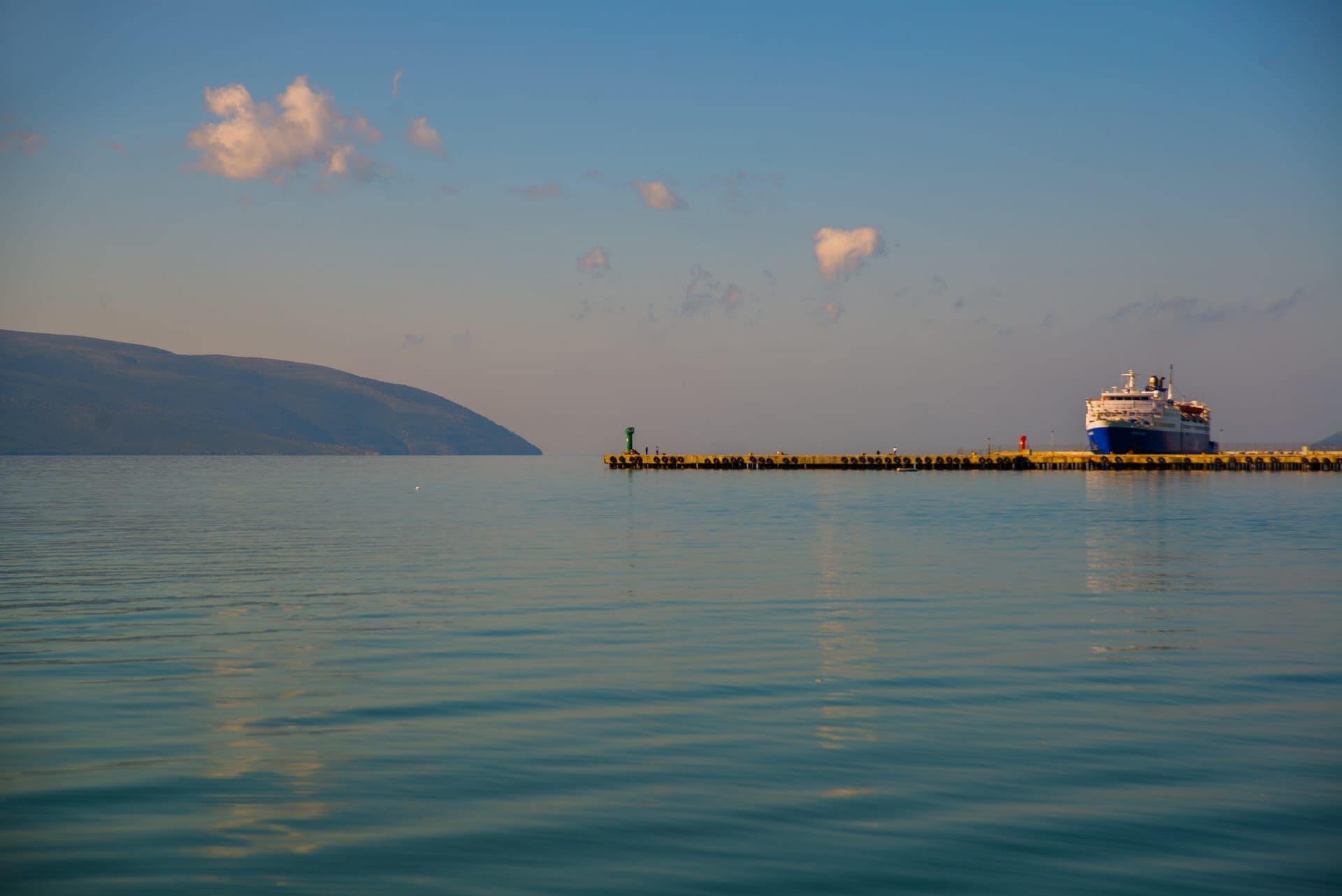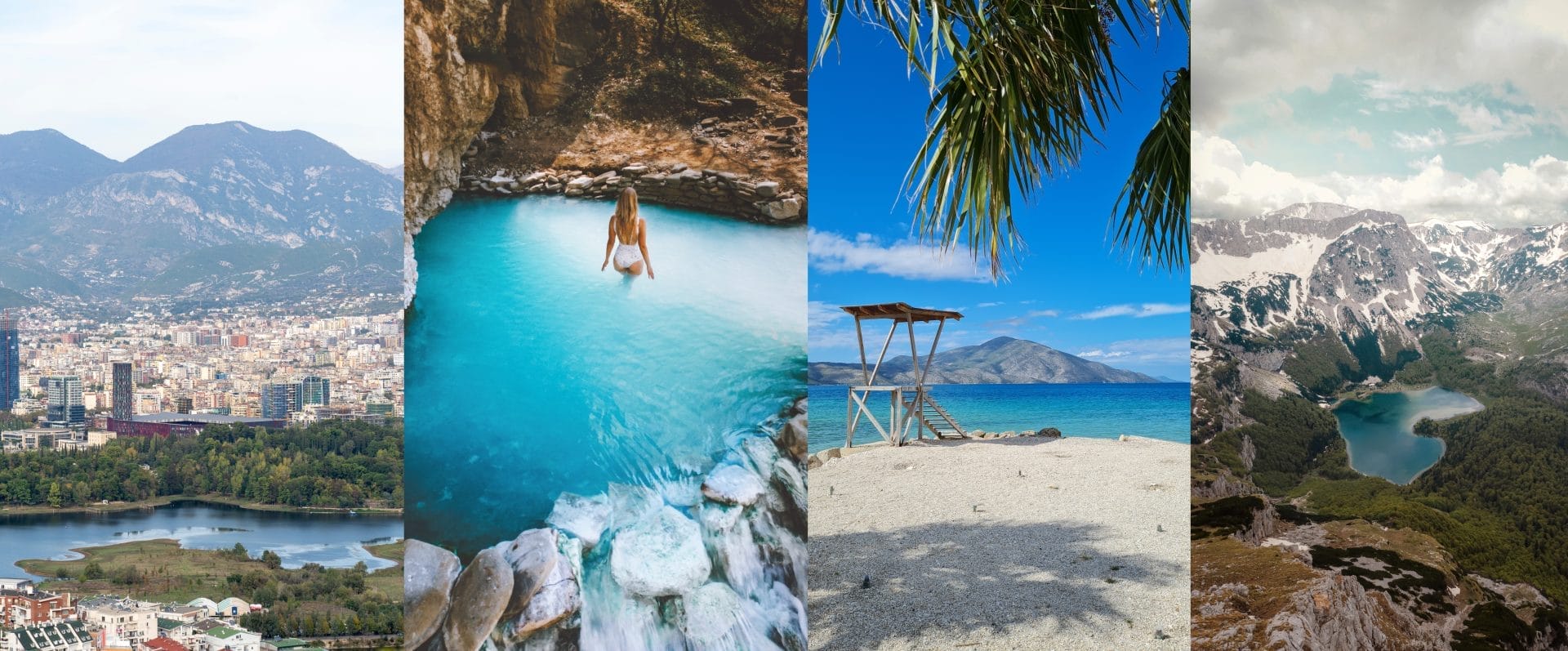
The Prehistoric Era
In the beginning, Albania was a land of lush forests and free-flowing rivers, providing a bountiful habitat for its earliest inhabitants.
These ancient Albanians were adept at utilizing the resources around them, flourishing as skilled hunters and gatherers.
The remnants of this time, including cave paintings and ancient tools, offer a glimpse into a time when humanity was closely intertwined with nature.
The Roman and Byzantine Influence
As time progressed, Albania was under the sway of mighty empires like the Romans and Byzantines.
The Romans advanced engineering techniques left a lasting impact on the Albanian landscape, constructing grand edifices and intricate road networks that connected various regions.
Meanwhile, the Byzantine era ushered in a golden age of religious and artistic fervor, leaving behind stunning mosaics and religious artworks that adorn the churches today.
The Ottoman Era
The Ottoman period represents a significant chapter in Albania’s history, introducing Islam and shaping the culture, language, and traditions for over four centuries.
Despite the pervasive influence, the Albanian spirit remained unyielding, fiercely preserving its cultural identity and language.
This era also saw the rise of national heroes like Skanderbeg, who became a symbol of resistance against Ottoman rule, embodying the national pride and resilience of the Albanian people.
Preserving History
Museums are guardians of history, offering a sanctuary where the rich narrative of Albania’s past is carefully preserved and showcased.
These institutions serve as bridges, connecting the present generation to the bygone eras, allowing them to traverse through time and witness the unfolding of a nation’s story.
Museums create a multisensory experience where visitors can immerse themselves in different epochs, feeling the pulse of history through meticulously curated exhibits.
These spaces are not just repositories of artifacts but vibrant educational hubs that foster a deeper appreciation and understanding of the world that preceded us.
Through collaborations with historians and archaeologists, museums ensure the authenticity and accuracy of their exhibits, revealing hidden narratives and untold stories from the past.
These institutions also host educational programs and workshops, encouraging active participation and fostering a love for history.
Notable History Museums in Albania
Albania has several notable history museums offering rich insight into the country’s diverse past.
The National History Museum, situated in the heart of Tirana, is the largest in Albania.
It offers a comprehensive overview of Albania’s history, showcasing artifacts from various eras, including prehistoric times and the classical and medieval periods.
The museum exhibits include ancient Illyrian objects and relics from the Greek and Roman periods.
A significant section is dedicated to the communist era, providing insights into a critical chapter of Albania’s past.
The Skanderbeg Museum, another significant site in Tirana, pays homage to the national hero who spearheaded the resistance against the Ottoman Empire, offering a glimpse into Albania’s spirited fight for independence.
In the historic city of Gjirokastër, the Gjirokastër Museum reflects the region’s rich cultural heritage, housed in a beautifully preserved Ottoman-era building.
Unique Exhibits in Albanian History Museums
Albanian history museums offer unique exhibits that narrate different facets of the country’s past.
These museums offer a rich visual narrative, from antiquity collections showcasing artifacts from ancient civilizations to medieval exhibits depicting a world of knights and royalty.
Moreover, these museums house exhibits that shed light on the communist era, providing a window into the socio-political landscape of that time.
These displays offer informative insights and captivate visitors, allowing them to explore Albania’s past in a vibrant and immersive manner.
Conclusion
Albania’s rich history is a living narrative of the resilience and determination of its people.
The history museums stand as silent witnesses to the unfolding narrative, preserving the vibrant cultural heritage that makes Albania a nation of fascinating stories and remarkable achievements.
Through these museums, visitors can journey through time, discovering the vibrant narrative that forms the Albanian story, a tale of resilience, pride, and cultural richness.

